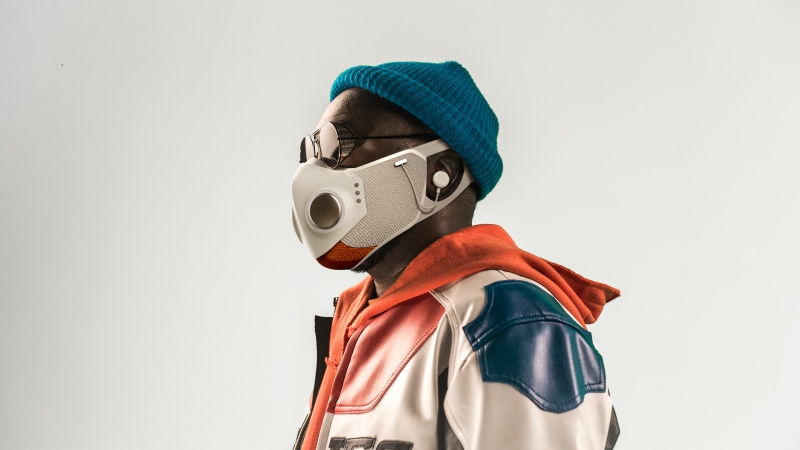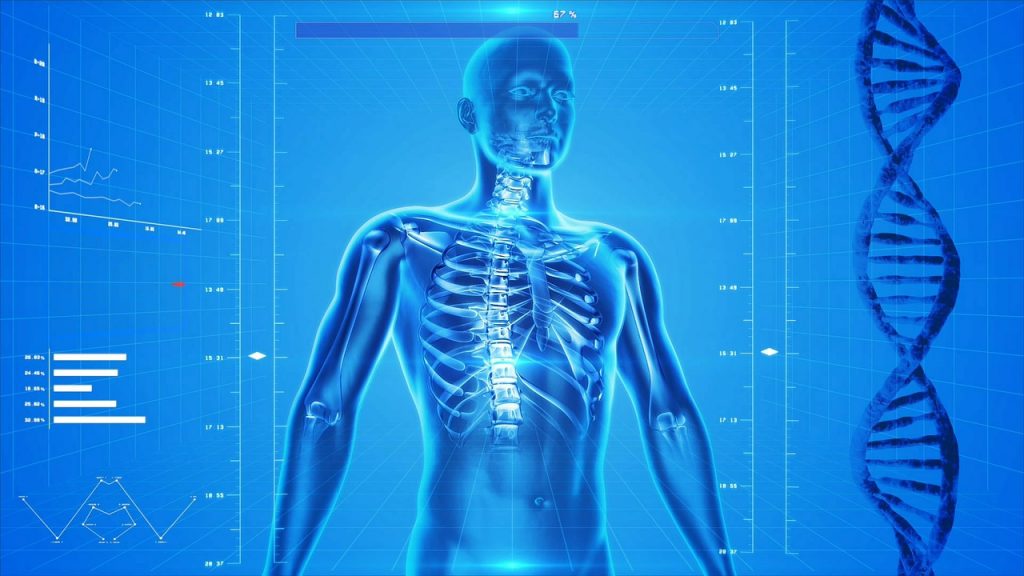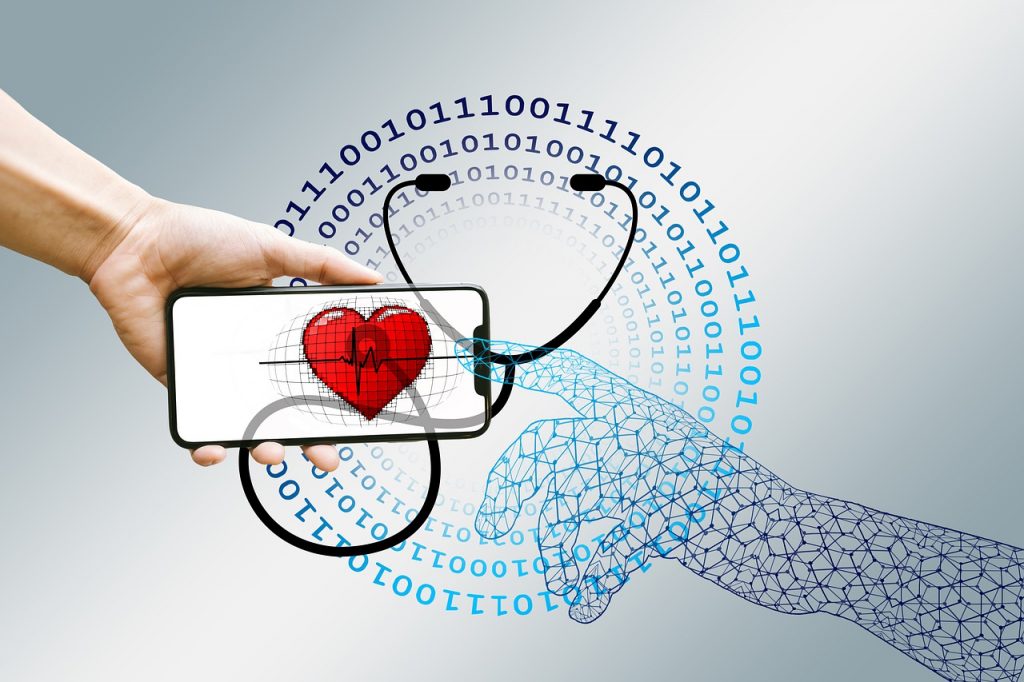
GUEST POST from Chateau G Pato
In an era where data breaches and cyber threats have become prevalent, the importance of safeguarding sensitive healthcare information cannot be overstated. Traditional methods of data security often fall short in providing the necessary measures to protect patient records and mitigate potential risks. However, with the advent of blockchain technology, a revolutionary solution has emerged that holds the potential to transform healthcare data security. Blockchain offers a decentralized and immutable system that enhances privacy, interoperability, and transparency. In this article, we explore how blockchain technology is revolutionizing healthcare data security through two compelling case studies.
Case Study 1: MedRec’s Improved Patient Data Sharing
MedRec, a groundbreaking blockchain-powered platform developed by researchers at the Massachusetts Institute of Technology (MIT), is reshaping the landscape of healthcare data security. MedRec aims to provide patients with ownership and control over their medical records while enabling seamless data sharing across healthcare providers.
The traditional process of sharing medical records often involves numerous intermediaries and lacks transparency, leading to potential data inaccuracies and privacy breaches. MedRec solves these challenges by employing blockchain’s cryptographic principles to guarantee patient privacy, data integrity, and interoperability.
Through MedRec, patients have unique cryptographic identities allowing them to control access to their medical records. Immutable timestamps on the blockchain ensure permanent records of patients’ consent to share data, keeping the process transparent and secure. Healthcare providers can access patient information under the explicit permission of the patient, reducing the risk of unauthorized access.
By leveraging blockchain, MedRec presents a resilient solution that grants patients control over their data while ensuring efficient and secure information sharing across the healthcare ecosystem.
Case Study 2: Chronicled’s Drug Authentication and Supply Chain Management
Counterfeit drugs pose a significant threat to patient safety and can lead to severe health implications. Blockchain technology, however, is disrupting the pharmaceutical industry’s drug authentication and supply chain management systems, mitigating such risks. Chronicled, a blockchain-based platform, enables end-to-end traceability and verification of pharmaceutical products, streamlining the supply chain process and ensuring patient safety.
By utilizing unique product identifiers, Chronicled creates immutable records of each step in the supply chain, including manufacturing, packaging, distribution, and dispensing. Any entity involved in the drug supply chain can access pertinent information, ensuring transparency and facilitating accountability. This decentralized approach significantly reduces the risk of counterfeit drugs entering the market, leading to enhanced patient trust and safety.
Furthermore, the real-time visibility provided by the blockchain allows quick detection and removal of compromised products from the market, reducing potential harm to patients. Overall, Chronicled’s implementation of blockchain technology enhances drug authentication, secures the supply chain, and protects patients from the harmful effects of counterfeit medications.
Conclusion:
Blockchain technology has the potential to revolutionize healthcare data security by offering robust solutions that ensure patient privacy, data integrity, and greater transparency. The case studies of MedRec and Chronicled highlight the transformative impact of blockchain in addressing significant challenges within the healthcare sector.
As blockchain continues to evolve, its deployment in healthcare creates a unique opportunity to establish a secure and efficient ecosystem for the handling of sensitive medical information. By leveraging the advantages of decentralized systems, cryptographic principles, and immutable records, the technology aims to protect patient data, prevent unauthorized access, and eliminate counterfeit drugs. The successful implementation of blockchain in healthcare data security promises a more secure and trustworthy future for healthcare systems worldwide.
SPECIAL BONUS: The very best change planners use a visual, collaborative approach to create their deliverables. A methodology and tools like those in Change Planning Toolkit™ can empower anyone to become great change planners themselves.
Image credit: Pixabay
![]() Sign up here to get Human-Centered Change & Innovation Weekly delivered to your inbox every week.
Sign up here to get Human-Centered Change & Innovation Weekly delivered to your inbox every week.






